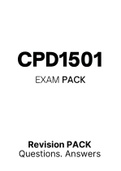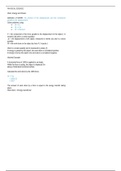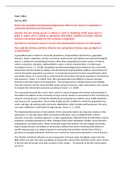Exam (elaborations)
ATI Renal System
- Course
- Institution
ATI Renal System The three major functions of the urinary system are - Answer-excretion, elimination, & homeostatic regulation of the volume and solute concentration of blood plasma. /.excretion, - Answer-the removal of organic waste products from body fluids; /.elimination - Answer-, ...
[Show more]








